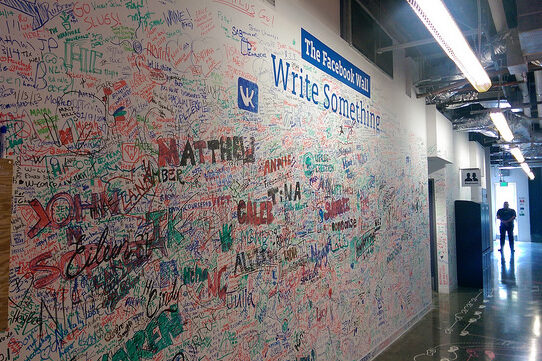
A randomised control trial that “nudged” users of a disability parking scheme to renew online showed a six percentage point increase in online renewals. Image: Wendell (Flickr).
In an era when most transactions occur online, it’s natural for public authorities to want the vast bulk of their contacts with citizens to occur through the Internet. But they also face a minority for whom paper and face-to-face interactions are still preferred or needed—leading to fears that efforts to move services online “by default” might reinforce or even encourage exclusion. Notwithstanding these fears, it might be possible to “nudge” citizens from long-held habits by making online submission advantageous and other routes of use more difficult. Behavioural public policy has been strongly advocated in recent years as a low-cost means to shift citizen behaviour, and has been used to reform many standard administrative processes in government. But how can we design non-obtrusive nudges to make users shift channels without them losing access to services? In their new Policy & Internet article “Nudges That Promote Channel Shift: A Randomised Evaluation of Messages to Encourage Citizens to Renew Benefits Online” Peter John and Toby Blume design and report a randomised control trial that encouraged users of a disability parking scheme to renew online. They found that by simplifying messages and adding incentives (i.e. signalling the collective benefit of moving online) users were encouraged to switch from paper to online channels by about six percentage points. As a result of the intervention and ongoing efforts by the Council, virtually all the parking scheme users now renew online. The finding that it’s possible to appeal to citizens’ willingness to act for collective benefit is encouraging. The results also support the more general literature that shows that citizens’ use of online services is based on trust and confidence with public services and that interventions should go with the grain of citizen preferences and norms. We caught up with Peter John to discuss his findings, and the role of behavioural public policy in government: Ed.: Is it fair to say that the real innovation of behavioural…









